As the devastating impacts of global warming caused many major cities to groan, New York stepped up with a solution. It was a bold and ambitious one.
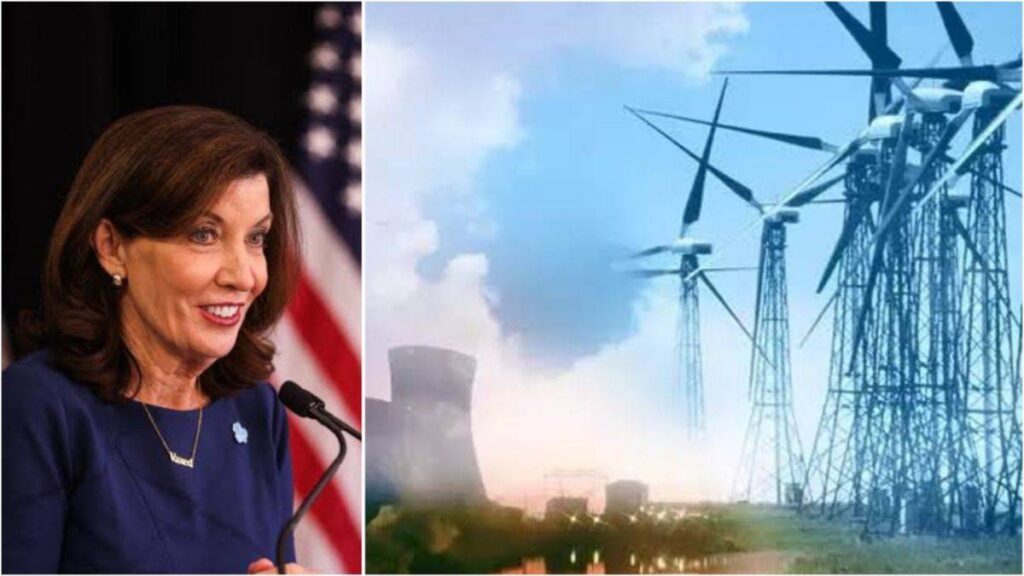
The Empire State vowed to transition into a 70% renewable energy economy within a short time. A few years later, the ambition looks remarkably less achievable.
New York’s Bold Steps
In 2019, New York made good its promise to lead the line in the war to push back against climate change. The state matched words with action by signing a renewable energy bill into law.
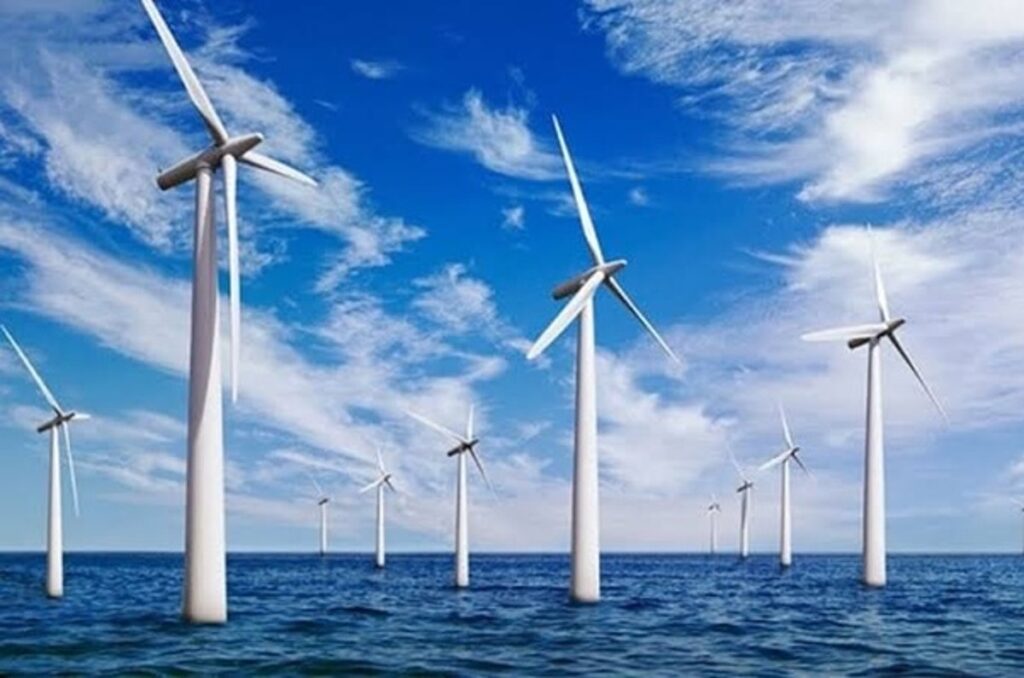
The major declaration of the law was to transition the state’s economy to full renewable energy dependency by 2040. Even climate activists thought it was a pretty ambitious plan.
New York Also Planned to Slash Greenhouse Gas Emissions
The law also outlined plans to slash greenhouse gas emissions by 85% before 2050. But to monitor its speed and progress, the state needed more short-term goals.
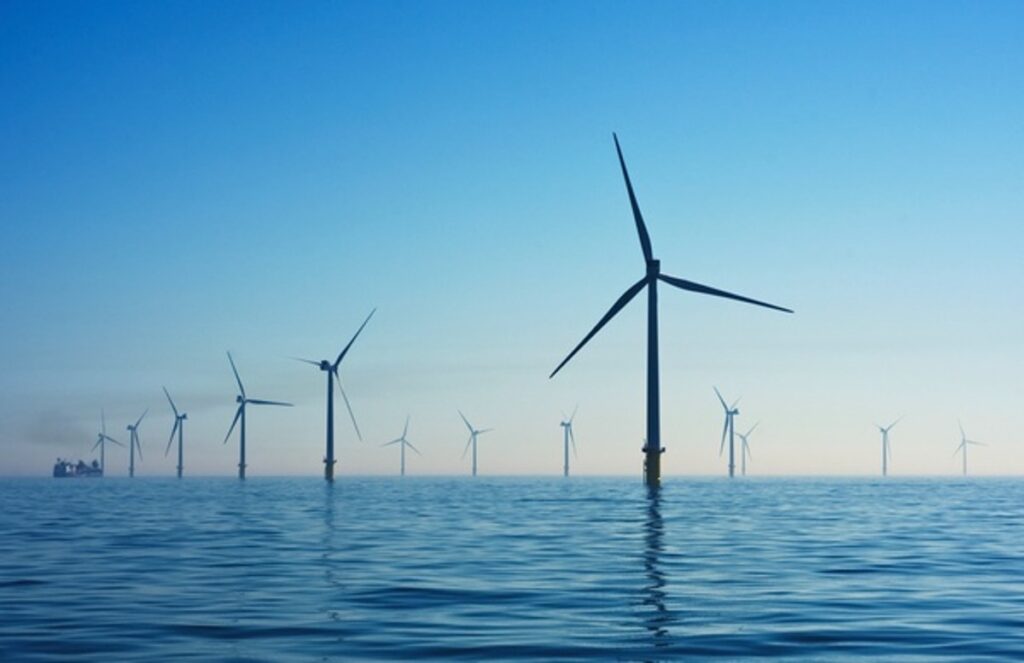
The most prominent immediate goal in the law was the ambition to convert its electric grid energy source to 70% renewable energy by 2030. The plans were pretty exciting to the average climate change activist.
Also Read: For the First Time Ever, this Group of Fossil Fuel Workers Will Transition Into Renewable Energy
The Plan Has Faced Some Major Setbacks
Initially, everyone was in high spirits, and things were going pretty much as planned. But setbacks began to emerge on the way.

For example, contractors have terminated two of the state’s offshore wind contracts. Both took place in the same month. New York is battling to put the pieces of the plan back together again, but she must work smart to keep the goal realizable.
New York Set a Humbler Target
State officials met to deliberate on a way forward after the disruptive contract terminations. They came out of the strategy session with a lower target. This time, they have settled for 63%.
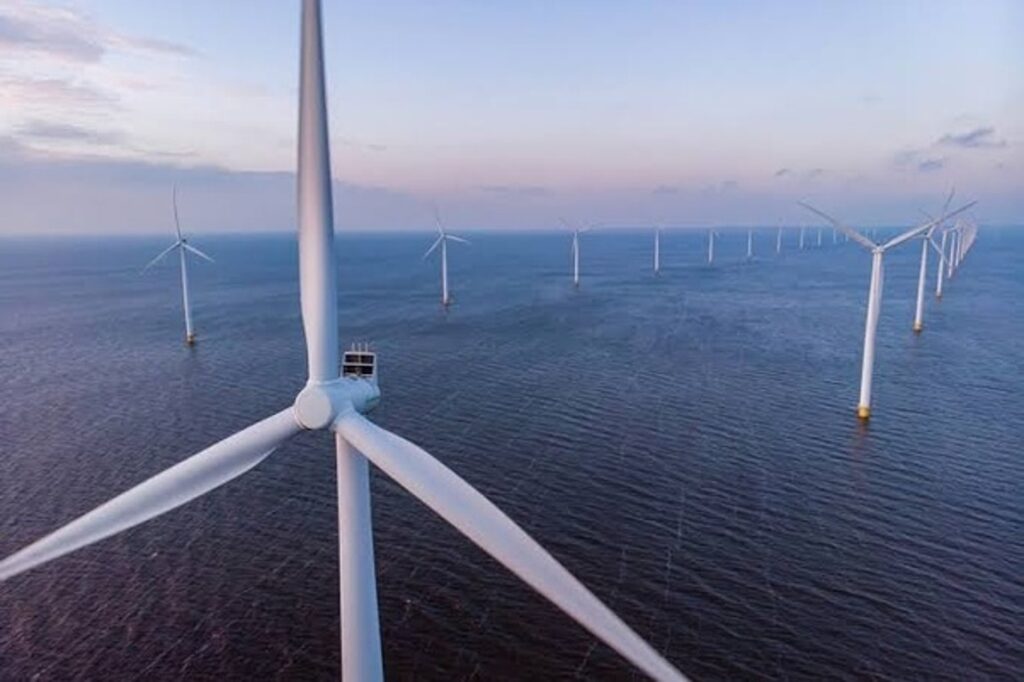
Interestingly, the state had earlier announced in 2022 that she had surpassed that percentage. This means that the setback has cost the state two years.
New York’s Governor on the Hot Seat
Pressure is mounting on New York’s governor, Kathy Hochul, to answer the setback. Some are calling for a shift from the initial strategy of relying heavily on private collaborators.
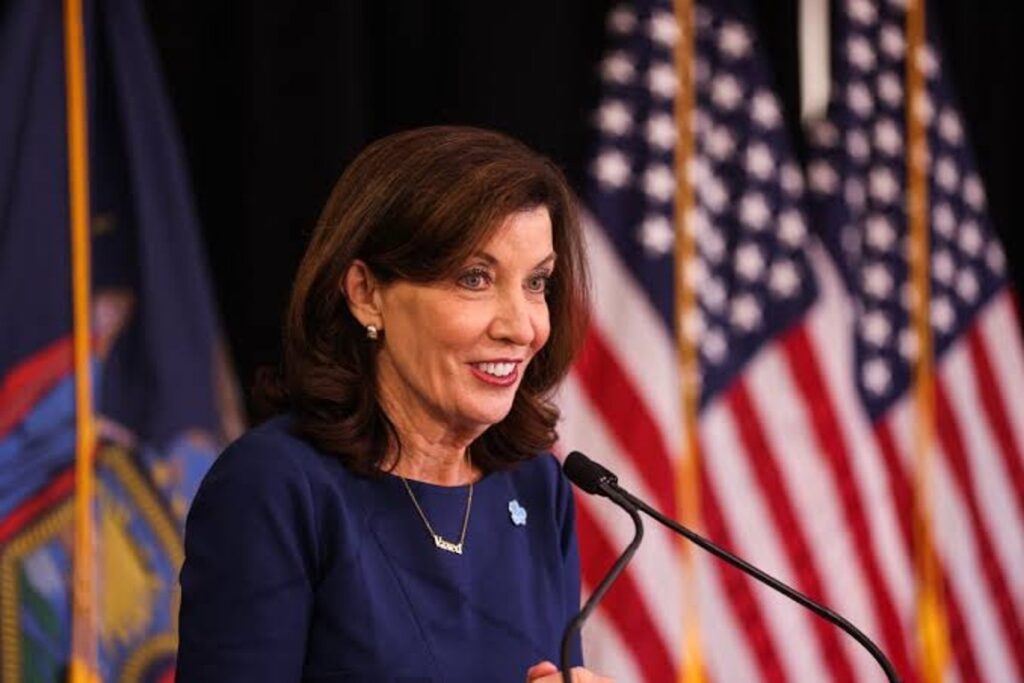
Others have focused on directing their disappointments at the governor, who they feel is responsible for the failure. They believe her lack of competent leadership was behind the setback.
POLL—Is Climate Change a Major Threat That Requires Immediate Policy Action?
What’s in the Argument Against Collaborating With the Private Sector?
Opponents of what many believe is an excessive collaboration with the private sector are scared. They think that the heavy reliance on private bodies could be costly for the project even in the future.

Zohran Mamdani, a state Assembly member, is prominent among the number. He has severely criticized the approach and blamed it solely for the drawbacks.
Should New York Implement a New Funding Strategy?
The answer is a resounding “Yes” from Mamdani. The politician believes that reviewing the strategy will make all the difference. He has called on the state’s energy authority to try other plans.

“If we continue to rely on the private market to hit our goals, we will only end up back here with ourselves to blame — and a year or two years from now,” he stated.
Inflation Also Contributed to the Setback
New York’s setback in its bid to achieve its ambitious climate project also calls for focusing on the role of inflation in forestalling such plans even in other states.

The prices of renewables have jumped as inflation dealt a massive blow to the United States economy. Other states can learn a lesson or two from the New York experience.
Also Read: California Admits Failure in Its Pursuit of Renewable Green Energy
New York’s Top Energy Official Has Reassured Residents
President of the New York Energy Commission, Doreen Harris, has assured residents and stakeholders that the government is doing its best to get the plan back on track. “We have responded in ways that are garnering global attention,” she told journalists.

“We are working to accelerate not only the procurement of renewables but designing [them] to minimize delays and ensure projects are built on time for 2030.”
Other States Have Faced Setbacks, Too
New York is not the only casualty of inflation’s effect on energy goals. Renewable energy companies working in other states have halted their engagements.

For example, Orsted, a notable Danish energy company, has resigned its role in New Jersey’s offshore wind project, the largest in the state. This came despite the state’s approval to increase the company’s pay. Orsted has done the same in Maryland, too.
Uncertain Times Lie Ahead
As New York’s energy commission, NYSERDA picks the pieces of the dashed hopes, many residents remain optimistic. The commission is getting set for another round of offshore wind procurements at the end of 2024.

The commission also tries to keep prices down by fostering competition among energy companies. But with the unpredictable rampage of inflation, the future of the state’s renewable energy dream remains highly uncertain.
You Might Also Like:
Paul Simon May Never Grace the Stage After Sudden Hearing Loss and Health Struggles
Democratic Council Member Faces Recall Efforts in Crime-Ridden City as Residents Feel Unsafe
HBCU Administrative Suicide Raises Questions About Black Mental Health
Reporter Recounts Her Experience in Texas, Claims the State Policies Drive Her Out
Massachusetts Mom Slams School After Daughter’s Racist Bullying in “Slave Auction”
